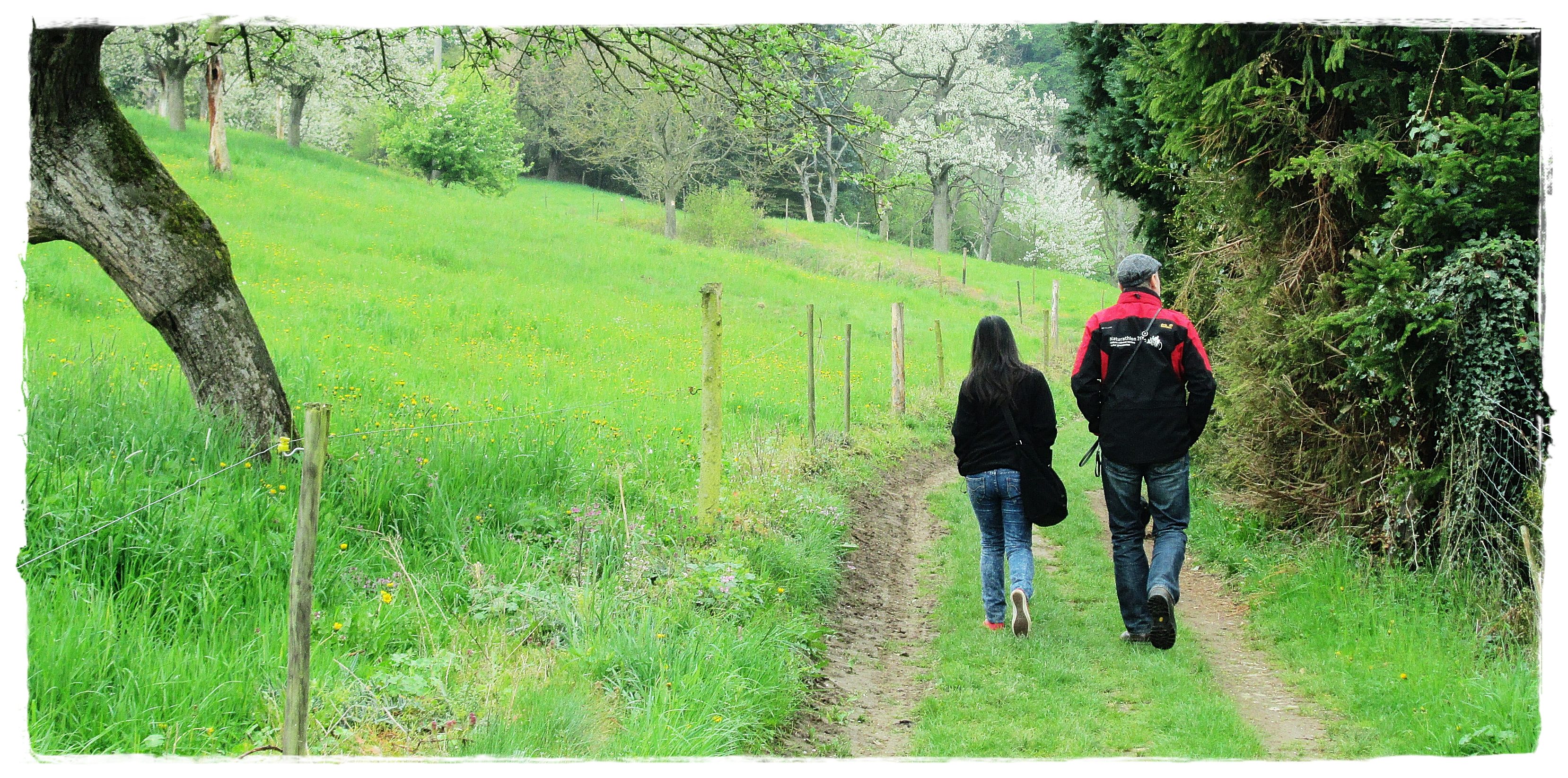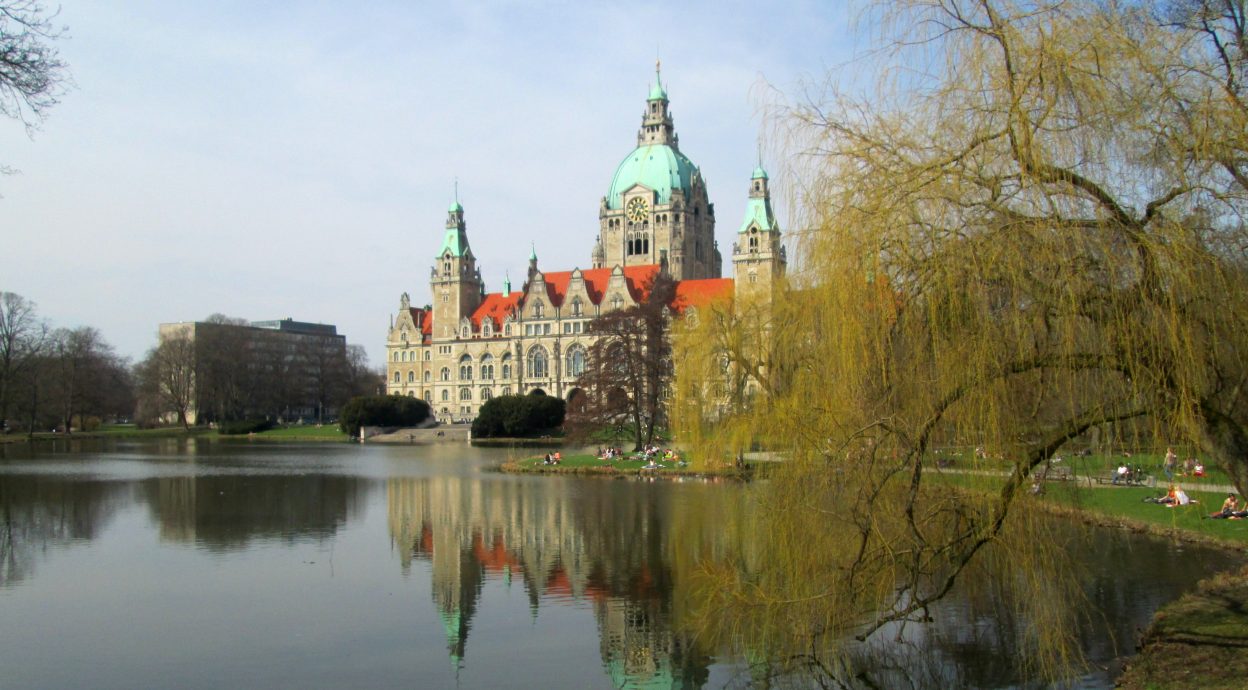Oslo, Norway – A part of my one-month vacation was a side trip to visit my friend Deneb Sundsvåg in Oslo for four days from April 26-29, 2013. On board Scandinavian Airlines flight SK4756, I left my home base Bonn, Germany and off I went from Frankfurt International Airport to Gardermoen Airport in Norway for a two-hour flight armed with a Schengen visa.

The Schengen Visa has made traveling between its 25 member countries – 22 of which are European Union states and three non-EU members, much easier and less bureaucratic. It means that the holder can travel to any (or all) member countries using one single visa avoiding the hassle and expense of obtaining individual visas when one wish to visit several European countries on the same trip. The Schengen visa is a “visitor visa” issued to citizens of countries who are required to obtain it before entering Europe.
Spring comes later in Oslo than in some parts of Germany so it was a surprise that the day I arrived was so pretty cold. My friend and her husband fetched me from the airport and drove to their home near Oslo’s commercial center.
Since my time in Oslo was so limited, I started the exploration following a short rest and off my friend and me went to Majorstuhuset to shop and have a fill of the downtown area to collect some first impressions.




- There is some doubt as to what “Oslo” really means. “Os” can mean a range of hills or ridge or a reference to a Norse god, while “lo” might mean a field. Hence, Oslo can mean either “Field of the Gods” or “the field below the hill.”

The first sign of urban settlement dated back to around 900, and by 1300 Oslo was already an important trading centre. In 1624, King Christian IV decided to re-name it Christiana. At the beginning of the 19th century, Christiana was still a small town, but its population grew rapidly as a result of an economic surge halfway through the century. Thus, from 1850-1900, the population of Christiana grew from 30,000 to 220,000. Following dissolution of the union with Sweden and Norwegian independence in 1905, rising national sentiment resulted in the city reverting to its original name of Oslo in 1925.

Oslo is currently going through the biggest change the city has seen for decades. Roads and traffic are disappearing underground and the fjord and water’s edge are being opened up for recreation, cultural attractions and accommodation.
Oslo is also one of the oldest capitals in Europe, and is thought to have been originally settled in Viking times. Excavations have exposed the remains of a settlement from around 1000 AD. The Viking settlement was located in Bjorvika where the National Opera stands today.
The Times’ Richard Morrison declared: “I am in love. She’s Norwegian, gorgeous, full of fun, yet with surprising hidden depths. She’s the new Oslo Opera House, an amazing marble and granite vision that rises out of the fjord like a giant ice floe.”

